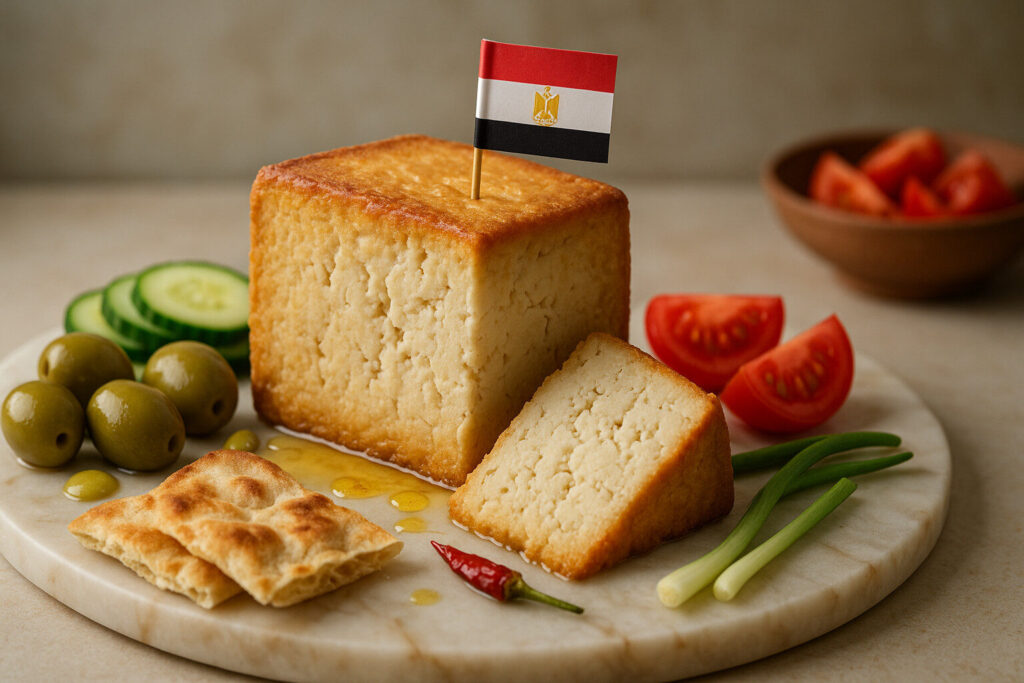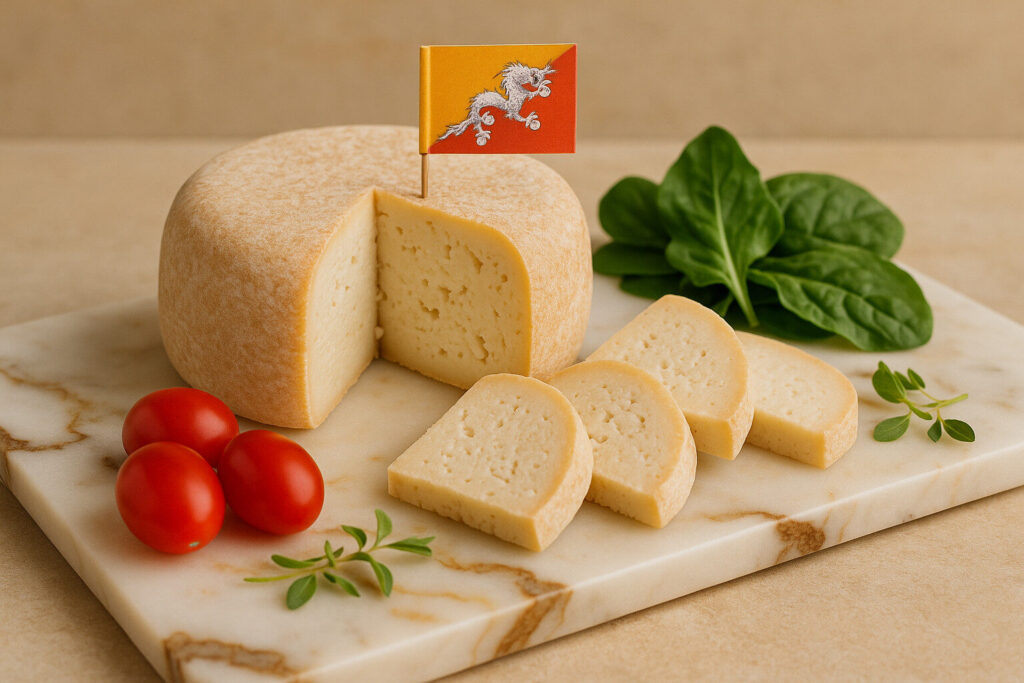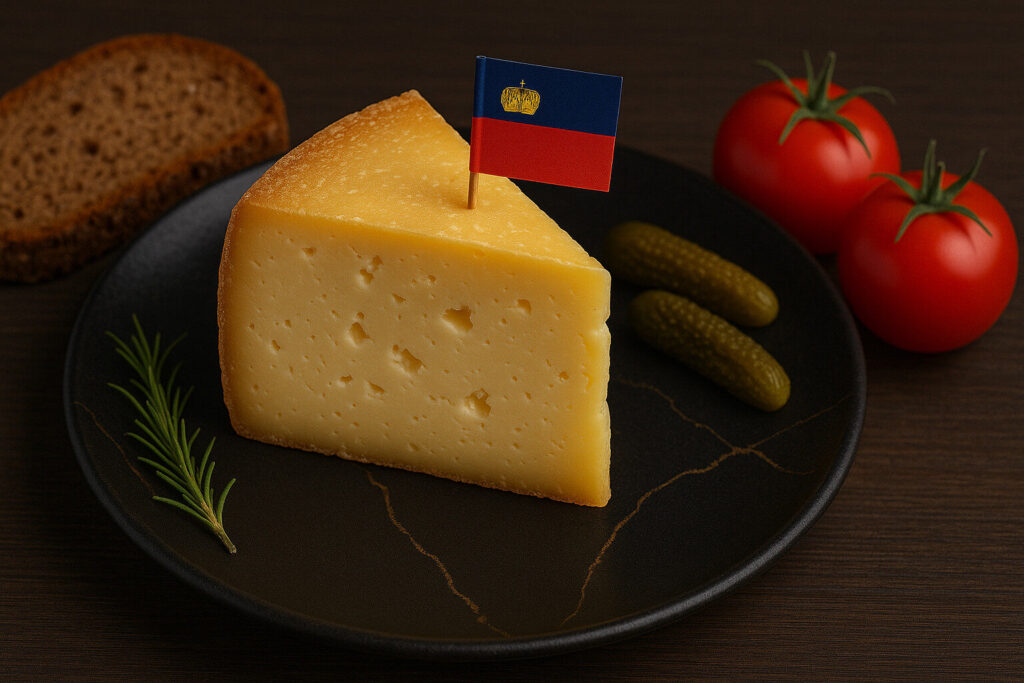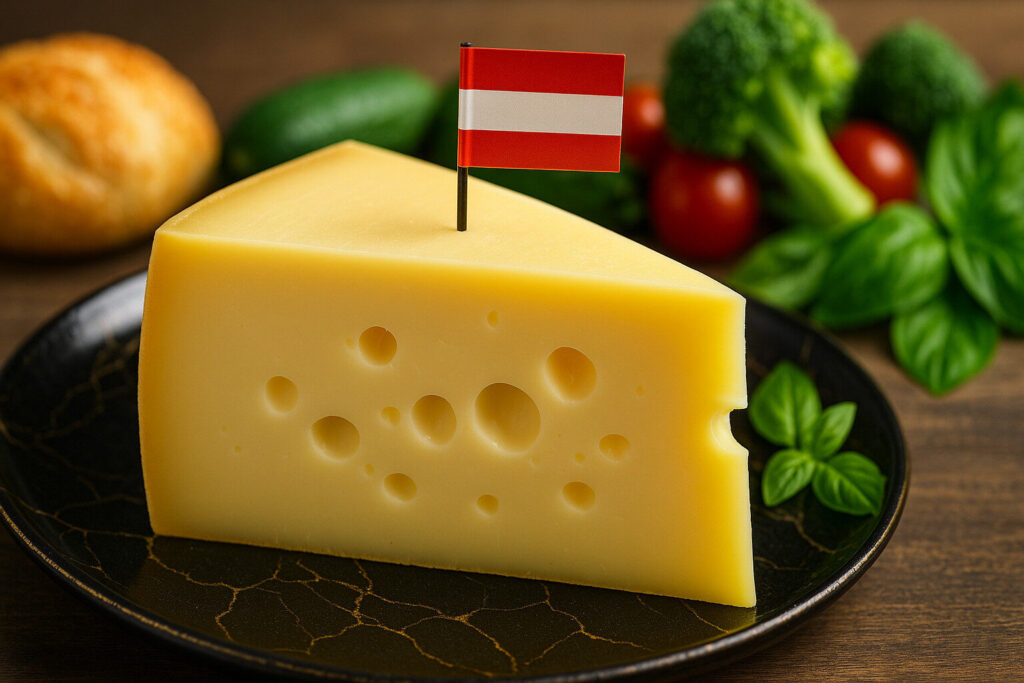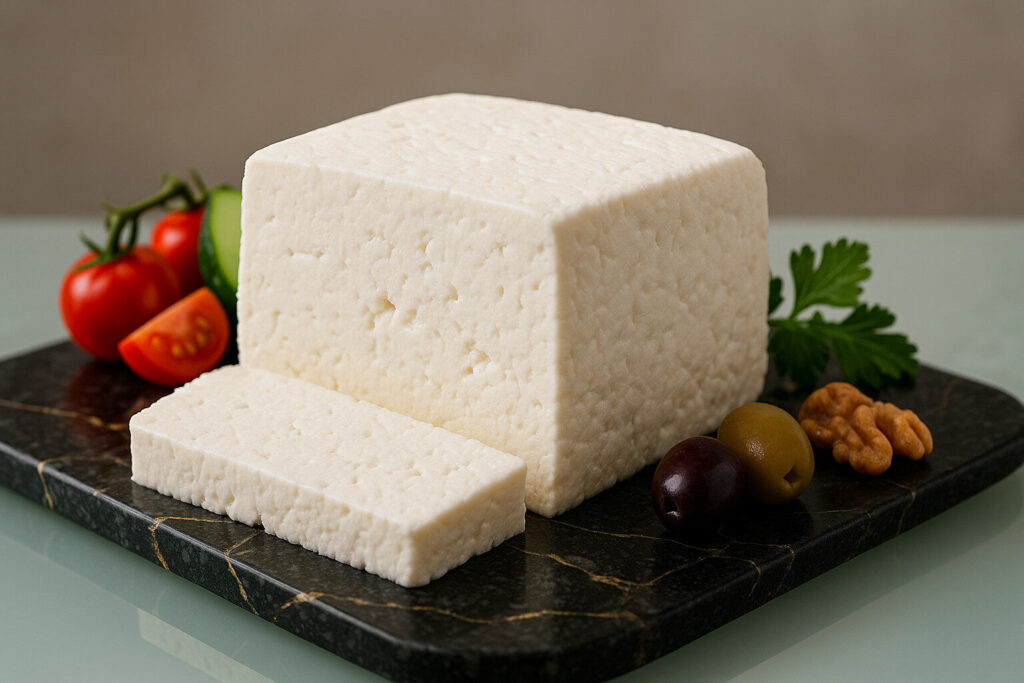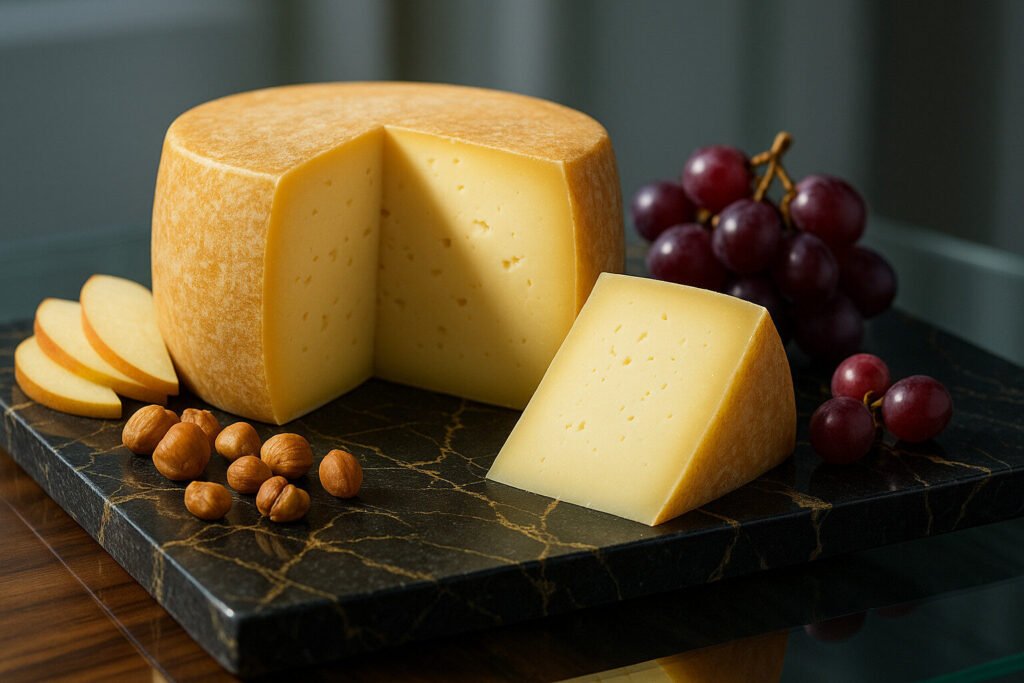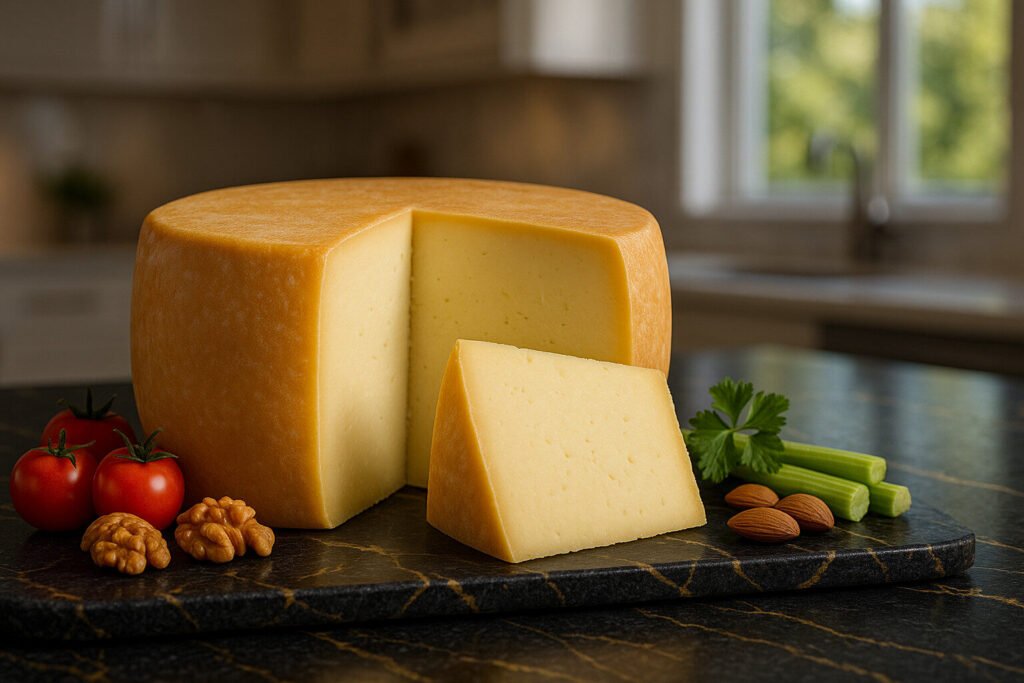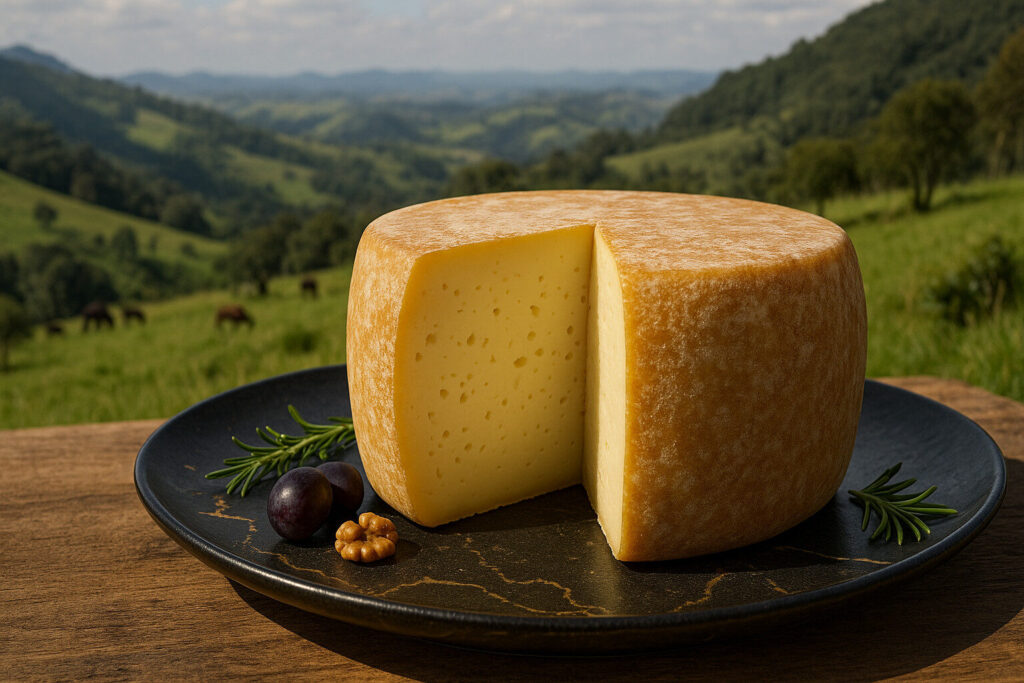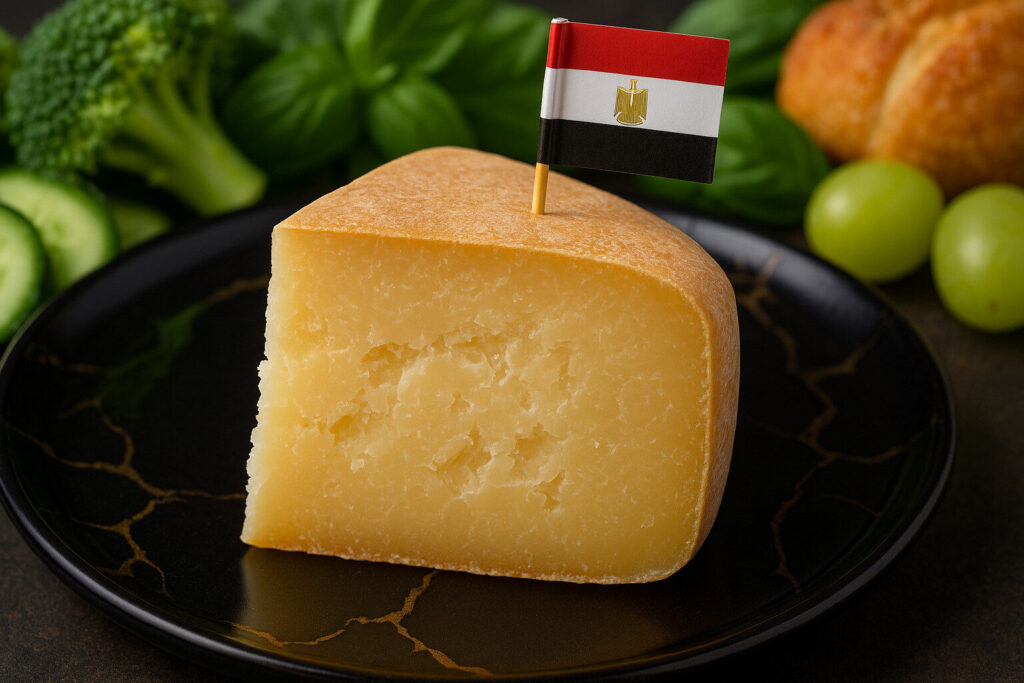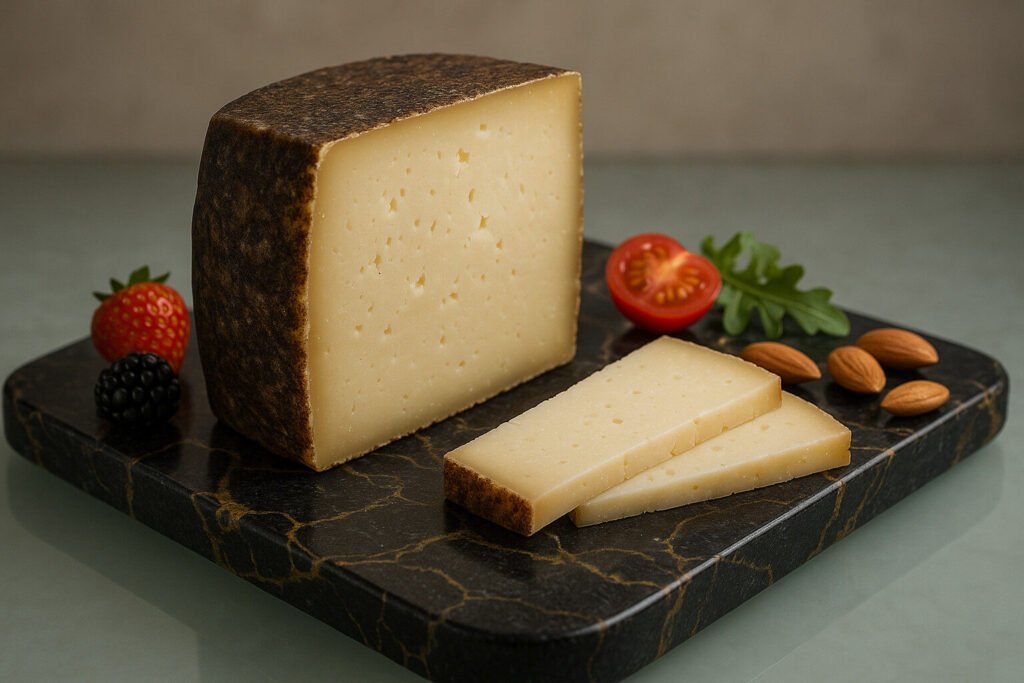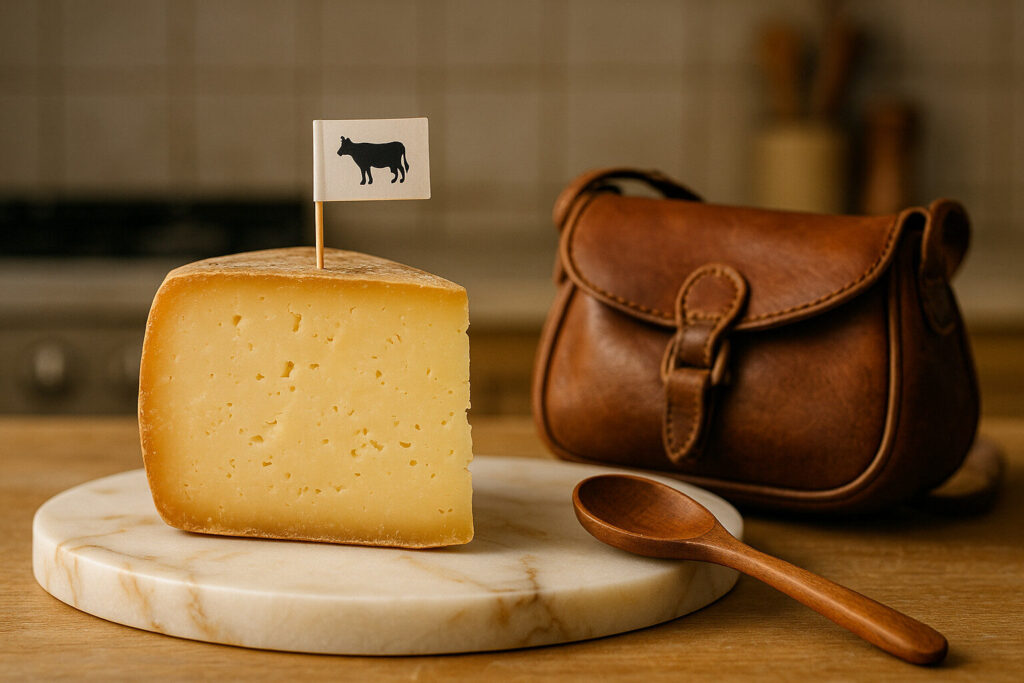Low Humidity Cheese
Definition and Scope
Low humidity refers to cheeses aged in environments with minimal atmospheric moisture. This controlled condition typically ranges between 65% and 80% relative humidity. It is a critical parameter in cheese maturation that influences rind development and moisture loss.
Cheeses in this category often develop firm, natural rinds and dense textures. The low humidity environment prevents excessive surface moisture that could promote unwanted microbial growth. This technique is commonly applied to aged hard cheeses like Parmigiano-Reggiano and aged Gouda.
Production Process
Producers achieve low humidity conditions through specialized aging rooms with precise climate control systems. These systems continuously monitor and adjust humidity levels using dehumidifiers and ventilation. The cheese wheels are regularly turned to ensure even exposure and moisture distribution.
During aging, low humidity accelerates moisture evaporation from the cheese surface. This concentration of solids results in more intense flavors and firmer textures. The process requires careful monitoring to prevent excessive drying that could lead to cracking or texture defects.
Sensory Profile
Low humidity cheeses typically exhibit concentrated, crystalline textures with pronounced savory notes. The reduced moisture content amplifies salt perception and intensifies protein-derived flavors. These cheeses often develop nutty, caramelized characteristics from prolonged aging.
The texture ranges from firm to hard, sometimes developing protein crystals that provide crunch. Flavor profiles tend toward umami-rich, salty, and occasionally piquant notes. Aroma characteristics include earthy, toasted elements with minimal surface mold influence.
Culinary Applications
Low humidity cheeses excel as grating cheeses due to their hard, brittle texture when fully aged. They provide intense flavor enhancement when shaved over pasta, salads, and soups. Their low moisture content ensures excellent melting properties without becoming greasy.
These cheeses serve well on cheese boards where their concentrated flavors complement fruits and nuts. They pair effectively with full-bodied wines that can match their intensity. The aging stability makes them suitable for long-term storage and transportation.
Regional Examples
Italian grana cheeses like Parmigiano-Reggiano and Grana Padano represent classic low humidity styles. These cheeses mature for 12-36 months in specially designed curing rooms. The resulting products feature granular textures and complex, savory flavors.
Dutch aged Gouda and Spanish Manchego Curado also utilize low humidity aging techniques. These cheeses develop firm, oily textures and butterscotch notes characteristic of the style. French Comté and Beaufort demonstrate how mountain cheeses benefit from controlled low humidity environments.


